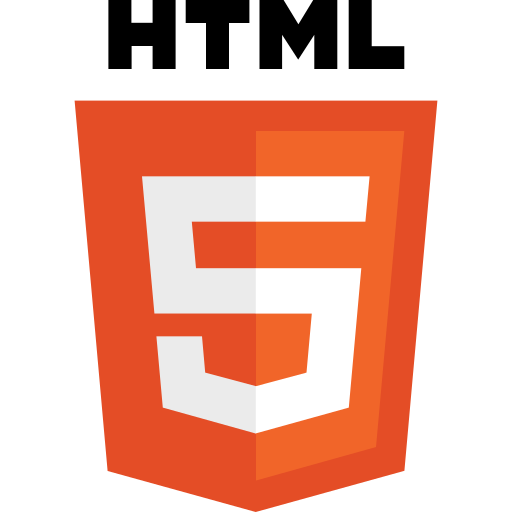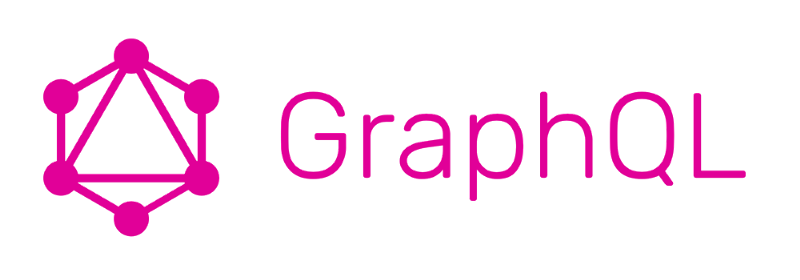
Build Robust and Scalable Websites Backend APIs Cloud frameworks Deployment
Scrum Agile Rich and Interactive Web UI and more
Software Developers, IT Professionals, Engineers, Analysts, Freshers wanting to kick-start their career in software development.
There are no prerequisites for this program. A Bachelor Degree or an equivalent is recommended.
Full stack developers are the experts all-round the corner. You'll have in-depth experience and knowledge on the various aspects relating to the app development and know best, which is the optimal process to cater the project requirements. Full stack developers earn 2.3 times more than developers who focus only on frontend or the backend.
Started a new career after completing this program.
Got a pay increase or promotion.
MERN stack is a web development framework. It consists of MongoDB, ExpressJS, ReactJS, and NodeJS as its working components. Here are the details of what each of these components is used for in developing a web application when using MERN stack:
The main advantage for developers using the MERN stack is that every line of code is written in JavaScript. This is a programming language that's used everywhere, both for client-side code and server-side code. With one language across tiers, there's no need for context switching.
Best-in-class content by leading faculty and industry leaders in the form of videos, cases and projects











Certprime master program is a series of courses that helps you master a skill. To begin, enroll in the program directly, or review its courses and choose the one you'd like to start with. When you subscribe to a program, you’re automatically enrolled to all courses under the program. It’s okay to complete just one course — you can pause your learning or resume your learning at any time. Visit your learner dashboard to track your course enrollments and your progress.
Every program includes a hands-on project. You'll need to successfully finish the project(s) to complete the program and earn your certificate. If the program includes a separate course for the hands-on project, you'll need to finish each of the other courses before you can start it.
When you finish every course and complete the hands-on project, you'll earn a Certprime Master Program Certificate that you can share with prospective employers and your professional network.


You can choose one or more than one specialisation based on your interest.
This course is completely online, so there’s no need to show up to a classroom in person. You can access your lectures, readings and assignments anytime and anywhere via the web or your mobile device.
This program is self-contained. No additional resources are needed.
It is recommended that the courses in the Digital Marketing Master Program be taken in the order outlined. In the Project, you will have the opportunity to synthesize your learning in all courses and apply your combined skills in a final project.
Yes, Certprime provides financial aid to learners who cannot afford the fee. On enrolment you’ll be provided payment options for the program. You'll be prompted to complete an application and will be notified if you are approved.